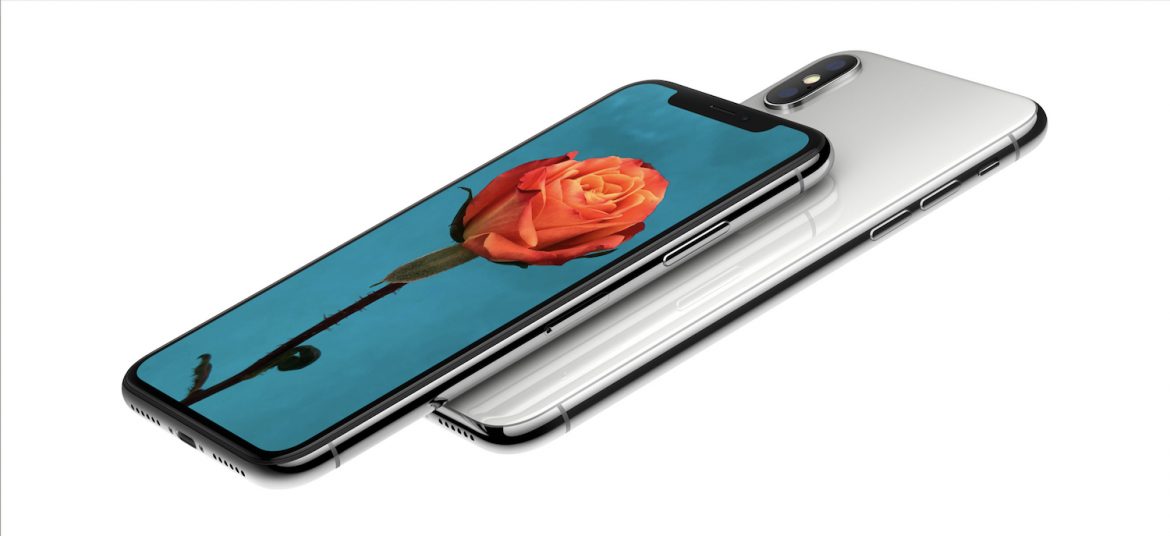TL;DR
The iPhone X marks a decade of iPhone innovation, boasting a stunning edge-to-edge OLED display, groundbreaking Face ID replacing Touch ID for secure authentication, and an improved camera system. While it pushes smartphone boundaries with its sleek design and powerful A11 chip, its hefty price tag and the omission of a fast charger and USB-C cable are notable drawbacks. Is this revolutionary device worth the splurge? Dive into the full review to find out!
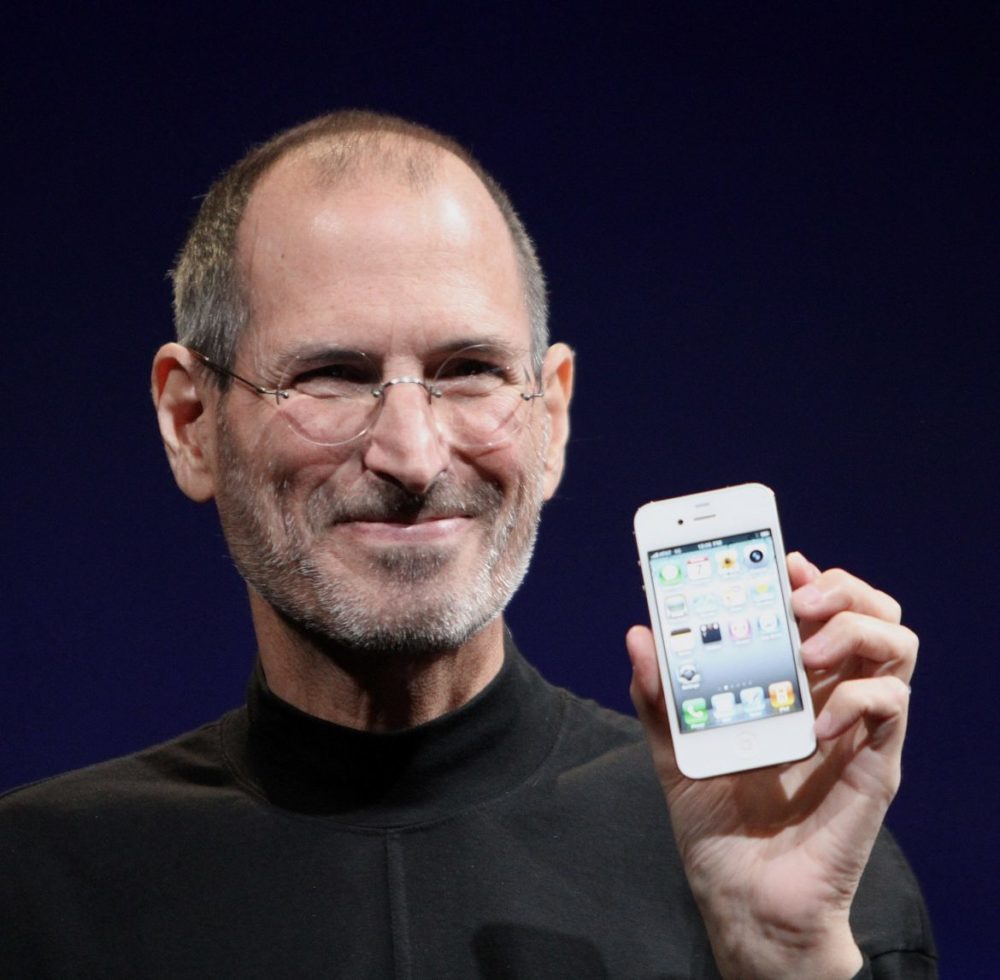
This year marks the tenth anniversary of Apple’s disruption of the smartphone industry. In 2007, the Apple iPhone was introduced, marking yet another ingenious – though initially questioned – product release led by then CEO and founder Steve Jobs. (Could a computer manufacturer like Apple successfully create a phone?) The subsequent impact is undeniable. Today, the iPhone is so ubiquitous and widely imitated that many readers may struggle to recall a time before mobile phones were essentially pocket computers with touch screens. Much has evolved since then. The passing of Steve Jobs in 2011 was a significant loss. Over the years, Apple has consistently developed and maintained its proprietary iOS (formerly iPhone OS), while its competitors have largely adopted Google’s open-source Android OS. While Windows Phone has become largely obsolete, Apple has generally led in performance benchmarks with each generation. However, this performance leadership is reflected in the device’s premium pricing. Furthermore, since Jobs’ passing, Apple has arguably lagged in introducing groundbreaking technical features and innovations, with certain features implemented several years after their appearance on competing devices. Meanwhile, Samsung and other Asian brands have expanded their market share by offering more affordable alternatives.

The iPhone X (pronounced “iPhone ten”) commemorates the iPhone’s decade-long legacy and represents a significant effort to advance the iPhone concept. While maintaining core aspects, it also introduces notable innovations. The key question is whether these advancements justify the substantial price, ranging from 11,000 to 13,000 SEK.
What’s new in iPhone X?
The iPhone X boasts a remarkably elegant design, featuring a near bezel-less display spanning 5.8 inches and a sophisticated glass back enabling wireless charging. Its taller and narrower profile compared to Apple’s Plus models may present display challenges for certain applications, as discussed below. The phone is available exclusively in this “Plus” size and in 64 GB and 256 GB configurations. The latter offers storage capacity comparable to a standard laptop SSD, potentially excessive for average use. However, recording 4K video at 60fps consumes 2.11 GB per minute, making the larger capacity a necessity for demanding videographers.
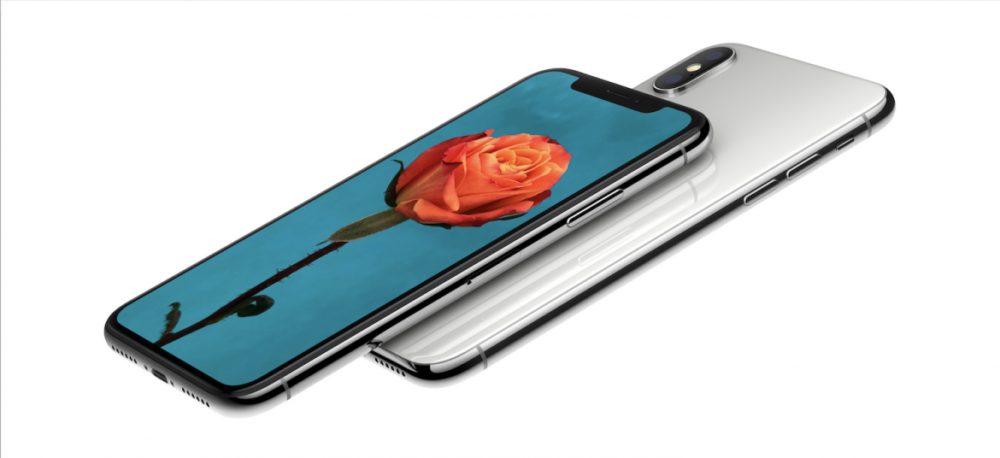
OLED technology is currently a prominent topic of discussion in display technology. It offers enhanced color reproduction compared to traditional LCDs and allows individual pixels to be deactivated, similar to plasma displays. The OLED screen in the iPhone X is exceptional. It exhibits high brightness for a mobile device (625 nits) and delivers vibrant colors, incorporating the same True Tone technology and automatic ambient light adjustment as the iPhone 8, further enhanced by OLED’s superior reproduction. The viewing angles are also improved, which is advantageous for image presentation. The display remains remarkably bright and clear even in direct sunlight.

OLED technology, like plasma, inherently carries a risk of burn-in. Apple asserts that it has addressed this concern, emphasizing that phones are less likely to display static images than televisions (referencing the past issues with channel logos on TVs, which are now often dimmed). Furthermore, phones typically turn off when not in use. While most OLED screens incorporate automatic pixel maintenance during standby, we have not received confirmation from Apple regarding its implementation in the iPhone X, or whether it is even necessary.
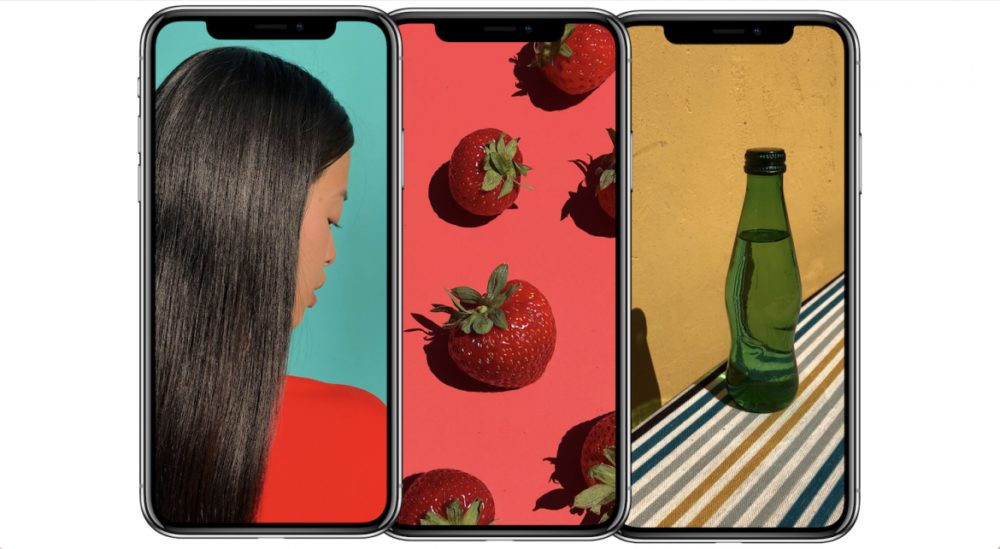
The screen’s resolution, a result of minimizing the display’s surrounding bezel, is a desirable 2436 x 1125 pixels. While falling slightly short of 2K, it surpasses Full HD, earning the designation “Super Retina HD” with a pixel density of 458 ppi, representing Apple’s highest density to date. This enhanced resolution, coupled with OLED’s superior color fidelity, elevates the experience of web browsing and video playback. The notch at the top of the display, which houses the Face ID camera, does slightly detract from the otherwise seamless design. However, in practical use, it becomes largely unnoticeable during activities such as watching videos or playing games.
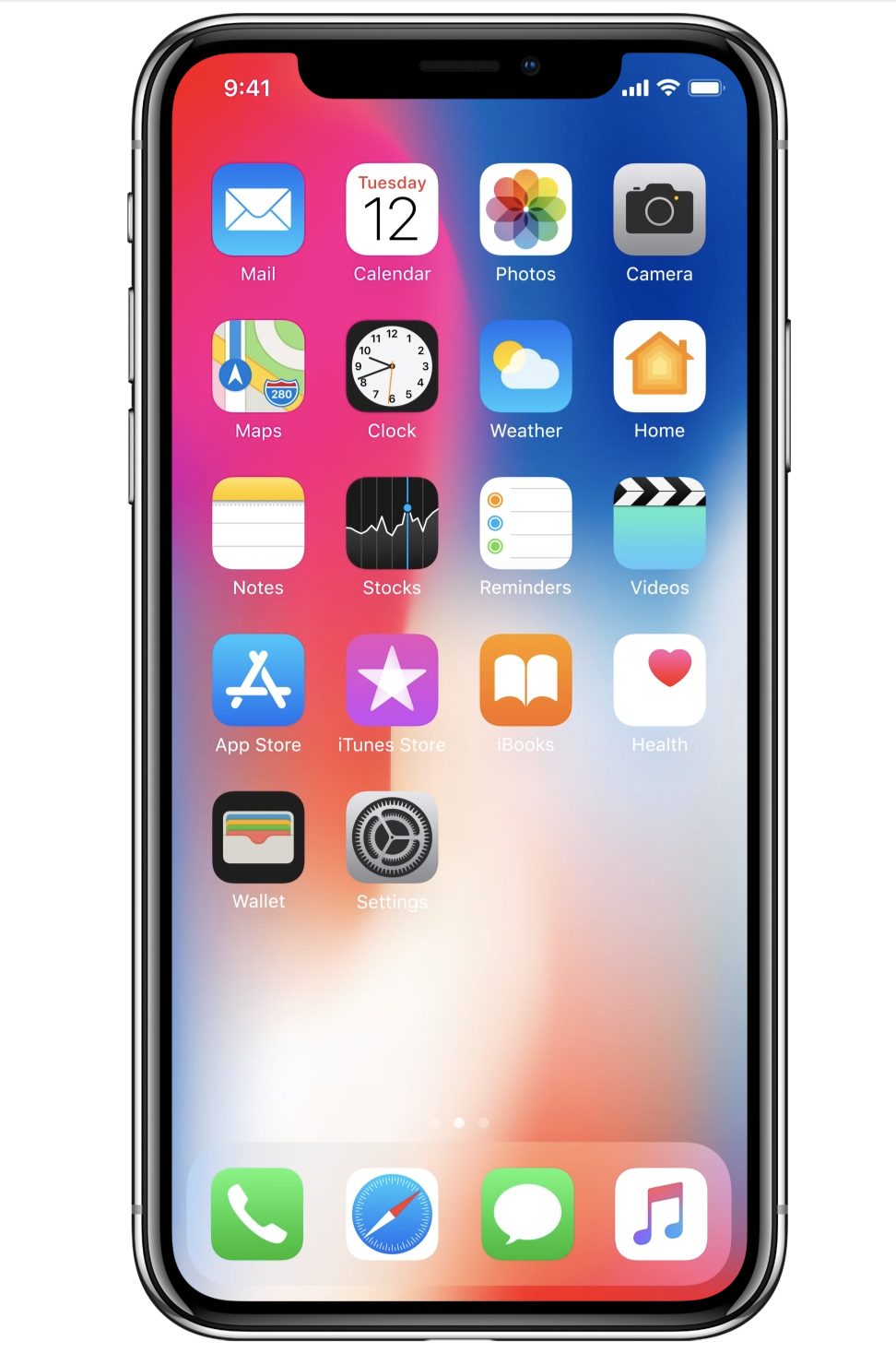
Given the iPhone X screen’s 18:9 aspect ratio (taller and narrower than Apple’s Plus models), it slightly exceeds the 16:9 standard for contemporary films. Consequently, black bars may appear above and below the image (“letterboxing”) to preserve the original aspect ratio, avoiding undesirable cropping reminiscent of the Pan & Scan techniques used for 4:3 TVs in the 1990s. Fortunately, the iPhone X supports the Mobile HDR standard, a component of the Ultra HD Premium initiative for HDR on mobile devices.

The iPhone X has eliminated the home button entirely, representing a substantial departure from the established iPhone interaction paradigm. Touch ID (the fingerprint reader) is replaced by Face ID, a dedicated camera employing infrared light to map 30,000 points on the user’s face for authentication. While seemingly futuristic, its performance is remarkable. After “teaching” the phone your face through a simple setup process, Face ID boasts a false acceptance rate of one in a million, significantly surpassing Touch ID’s one in 50,000. Face ID is impervious to masks, printouts (which have circumvented competitors’ face recognition systems), and even attempts to unlock the phone using the face of identical twins or while the user is asleep. It’s a notably impressive feature that leverages machine learning to adapt to changes such as beard growth. Currently, only one Face ID profile can be registered per iPhone X, a limitation compared to Touch ID, which allowed for the registration of multiple fingerprints (enabling access for family members, for instance).
The removal of the home button also necessitates new gestures and shortcuts. Swiping up and holding brings up all open applications (replacing the double-click of the home button), and swiping right or left now facilitates seamless app switching. Accessing the Control Center now requires swiping down, which takes time to adjust to after years of swiping up.
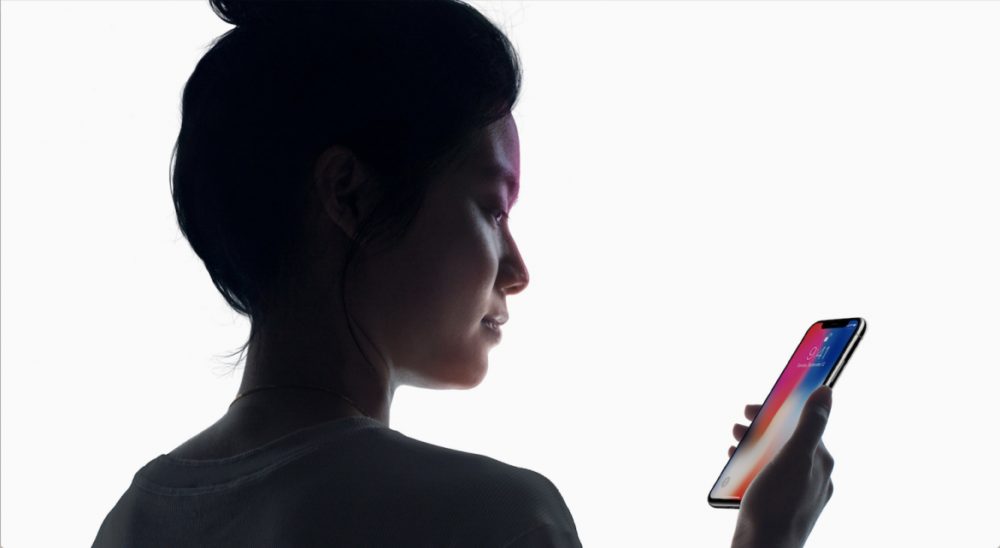
Beyond its security benefits, Face ID provides additional functionality. The iPhone X recognizes when the user is looking at the screen, enabling privacy-focused notifications. Notifications are initially displayed in a redacted format (e.g., indicating a text message from a contact without revealing its content). When the phone detects the user’s gaze, the full notification content is displayed. Furthermore, the phone automatically reduces notification sounds, such as text message alerts, when it senses that the user is actively engaged with the device. These features contribute to a more intelligent and user-friendly experience. The screen can also automatically turn off to conserve battery when the user is not looking at it. Alternatively, the phone can be woken using the side-mounted power button and unlocked with a PIN code if Face ID malfunctions or in cases of significant facial alterations. Face ID can also be enabled or disabled on a per-app basis.
The cameras on the front and rear of the iPhone X are comparable to those on the iPhone 8 Plus, but with key distinctions. While maintaining a 7 MP front-facing camera and dual 12 MP rear cameras with f/1.8 and f/2.4 apertures, respectively, the iPhone X features a wider aperture on the telephoto lens (f/2.4 vs. f/2.8) and optical image stabilization on both lenses, representing a notable enhancement. Image quality is exceptional, showing improvements over the previous-generation iPhone 7 Plus. The new A11 chip enables advanced post-processing capabilities, including the calculation of dynamic lighting effects (currently in beta but expected to improve further).
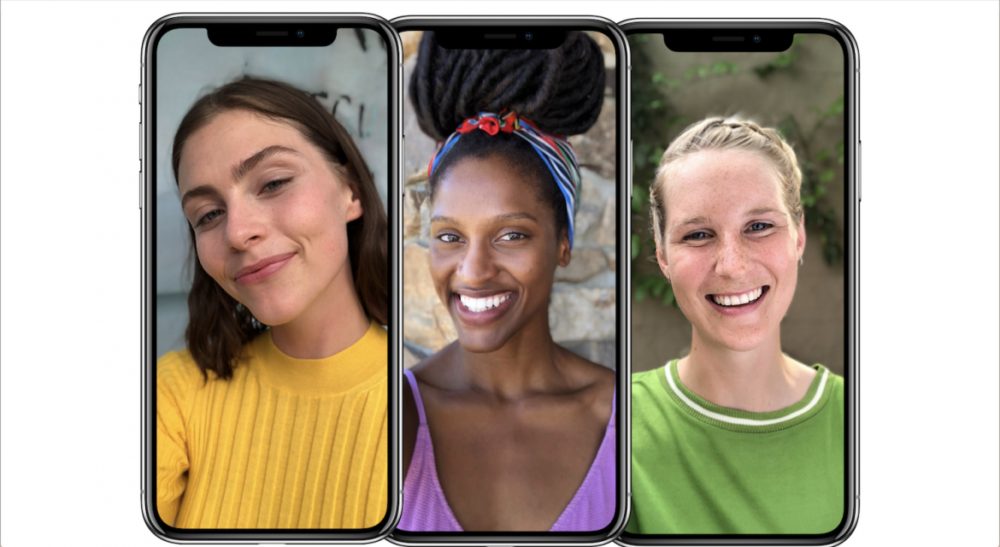
Our testing of Animojis was limited, as we see limited practical utility beyond entertainment for younger users. Animojis enable the creation of animated figures that mimic the user’s facial expressions and voice, which can then be sent as video files.

Like the iPhone 8, the iPhone X supports wireless charging via Qi-compatible charging pads (a widespread standard supported by numerous manufacturers, including IKEA) and functions effectively with most cases (unless constructed from metal). The battery in the iPhone X has a capacity of 2,716 mhA, slightly exceeding the iPhone 8 Plus, and is projected to provide two hours of extended battery life compared to the iPhone 7 and 8. Given the prevalence of wireless charging since its introduction on devices like the Google Nexus in 2012, Apple’s late adoption is somewhat regrettable, particularly considering the lack of support for both Qi and PMA standards, which would have expanded accessory compatibility. Furthermore, the omission of Apple’s fast charger and a USB-C-to-Lightning cable, even on a premium device like the iPhone X, is unacceptable. These accessories must be purchased separately, incurring an additional cost of approximately 700 SEK. We will explore alternative third-party options in future articles.
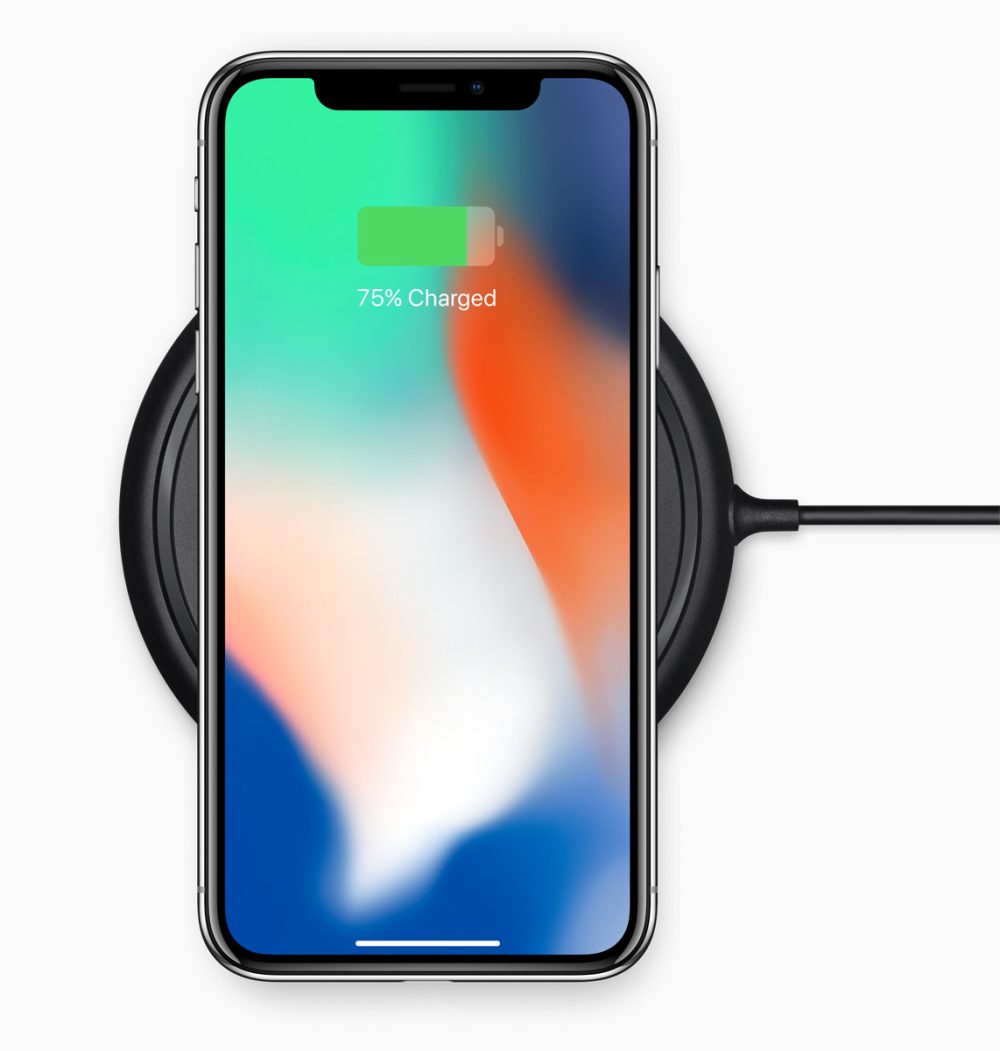
The iPhone X, mirroring the iPhone 8, features an A11 Bionic Processor that outperforms all competitors in benchmark tests. However, many applications and games are not yet fully optimized to leverage its capabilities, as they are designed to be compatible with older iPhone generations. The iPhone X’s performance is marginally lower than the iPhone 8 Plus (4,200 and 9,963 in Geekbench single-core and multi-core tests, respectively), representing minor differences in theoretical measurements. Nevertheless, the A11 processor’s near parity in performance with a portable Macbook Pro, which costs nearly twice as much, is highly promising. We eagerly anticipate experiencing the upcoming title Sky on this platform!
What do we miss in the iPhone X?
In addition to the previously mentioned fast charger and USB-C-Lightning cable, which are essential inclusions for a device at this price point, the same limitations persist from the iPhone 8: Apple’s continued lack of full waterproofing. The IP67 rating indicates a tolerance for submersion in 1 meter of water for 30 minutes. However, this is tested under laboratory conditions, and water damage is not covered by the warranty. Therefore, attempting submersion carries the risk of voiding the warranty. It is plausible that water damage represents a significant revenue stream for Apple, stemming from users accidentally dropping their iPhones in water. Hopefully, the added resistance will mitigate such incidents, but deliberate submersion remains at the user’s own risk. (If you have attempted it, please share your experience with us. We are unable to test this with our review unit.)
Furthermore, a period of adaptation is required for applications to fully optimize for the iPhone X’s taller and narrower screen. While not a critical issue, it can result in undesirable black bars and suboptimal presentation in certain unoptimized applications. A feature to render a black bar aligning with the sensor notch would also be a welcome, and easily implemented, aesthetic improvement (leveraging OLED’s superior black levels).
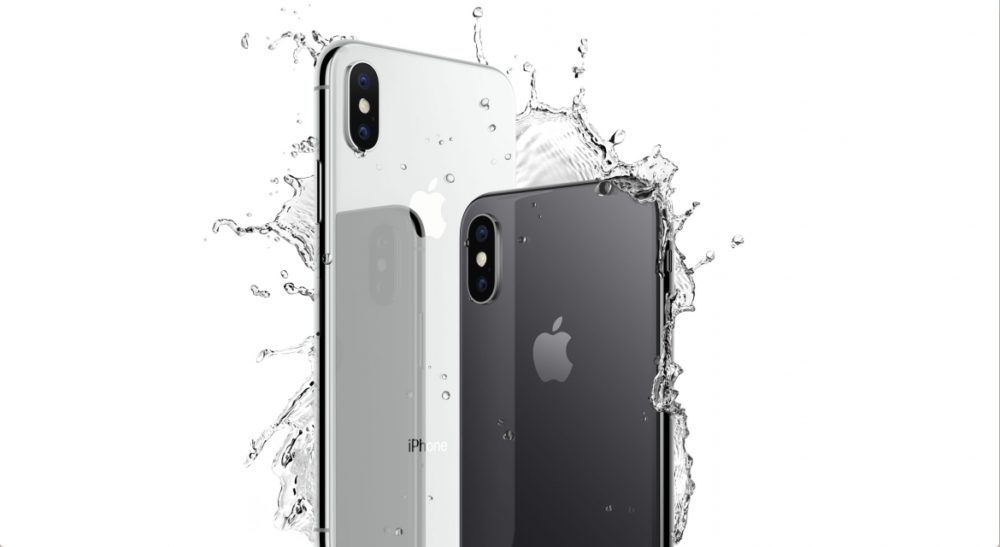
Summary iPhone X: Beyond two relatively minor shortcomings (outlined above), the iPhone X is a genuinely exceptional smartphone, likely representing the future trajectory of the entire iPhone product line. It delivers significant enhancements across most key aspects, commensurate with its premium price. However, its closest competitor, the Samsung Galaxy 8, is similarly priced but offers inferior performance (although it does provide full waterproofing, representing a trade-off).
If the budget allows, we highly recommend purchasing the iPhone X, even as an upgrade from the iPhone 7. The improvements are readily discernible. As anticipated, demand is substantial, resulting in extended delivery times. Customers who did not pre-order within the initial 15 minutes on October 27 may, at the time of this publication, receive their orders before Christmas with some luck. While the device is accompanied by considerable hype and novelty appeal, some features might be considered “luxury features.” The iPhone 8 offers comparable performance and is available for purchase today at roughly half the cost. However, excellence commands a premium, and the iPhone X currently represents the pinnacle of smartphone technology. Consider selling a kidney, pawning a watch, or forgoing Christmas presents to acquire one!
